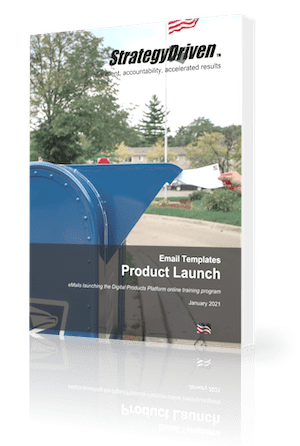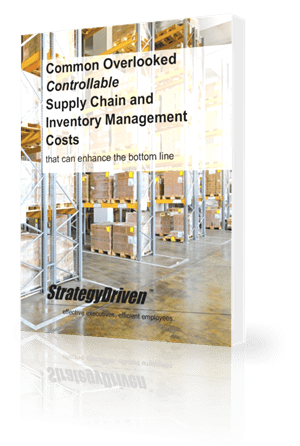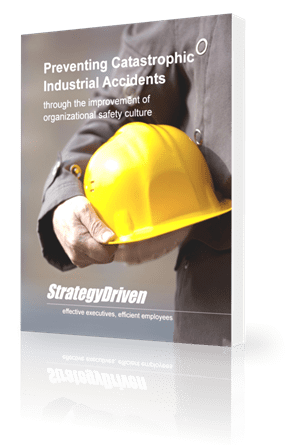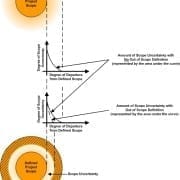Strategic Analysis Best Practice 9 – Comparing Organizational Goals to Resource Assignments

The purpose of every organization is to maximize value creation as defined by its mission goals. To do so, executives and managers must employ the organization’s resources such that they are focused on the activities most directly supporting achievement of the organization’s mission goals. One method of assessing the degree of goal focus is to evaluate the alignment between organizational goals and resource assignment.
Hi there! Gain access to this article with a StrategyDriven Insights Library – Total Access subscription or buy access to the article itself.
| Subscribe to the StrategyDriven Insights Library
Sign-up now for your StrategyDriven Insights Library – Total Access subscription for as low as $15 / month (paid annually). Not sure? Click here to learn more. |
Buy the Article
Don’t need a subscription? Buy access to Strategic Analysis Best Practice 9 – Comparing Organizational Goals to Resource Assignments for just $2! |
Additional Resources
The following StrategyDriven recommended best practices are designed to help quantify an organization’s mission goals in terms of value and importance as well as creating consistency in the derivation of quantifiable goal values:
- Strategic Planning Best Practice 1 – Make the Mission Measurable (article)
- StrategyDriven Podcast Episode 2 – Make the Mission Measurable (podcast)
- Strategic Planning Best Practice 2 – Prioritize the Mission (article)
- StrategyDriven Podcast Episode 3 – Prioritize the Mission, part 1 of 2 (podcast)
- StrategyDriven Podcast Episode 4 – Prioritize the Mission, part 2 of 2 (podcast)
- Organizational Performance Measure Best Practice 5 – One Source of the Truth (article)
- StrategyDriven Podcast Episode 12 – One Source of the Truth (podcast)












Leave a Reply
Want to join the discussion?Feel free to contribute!